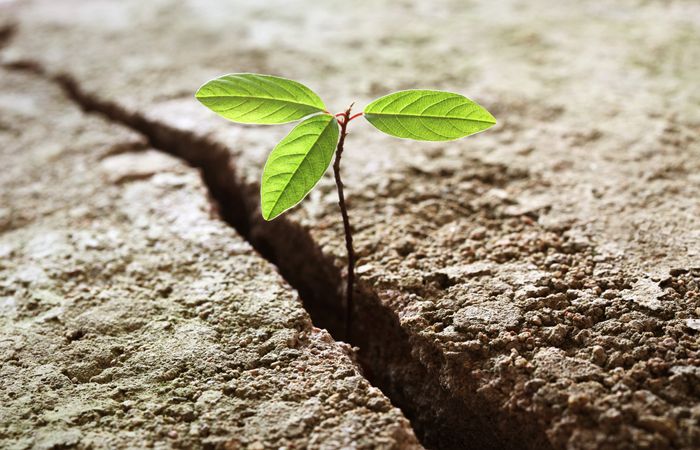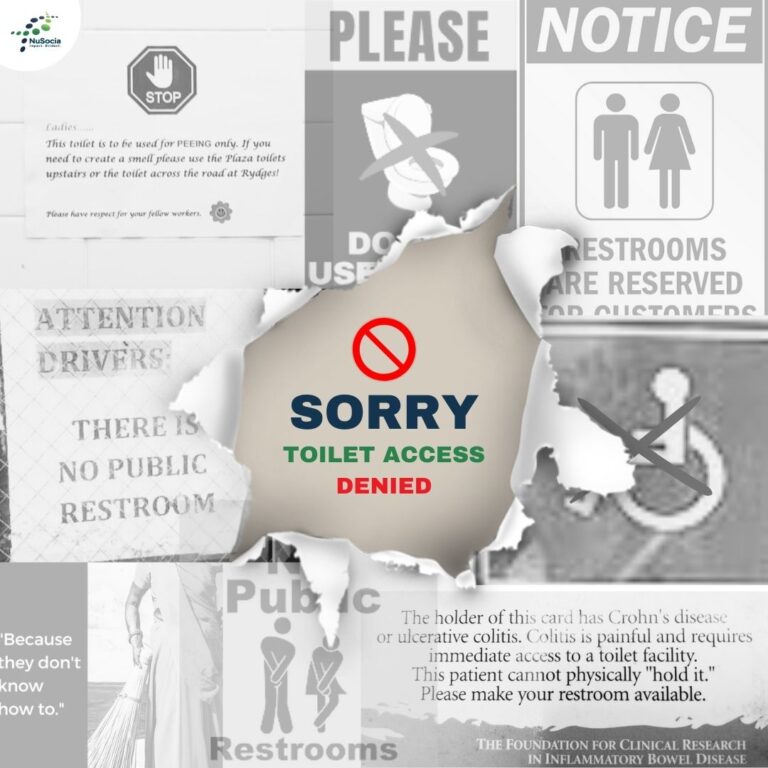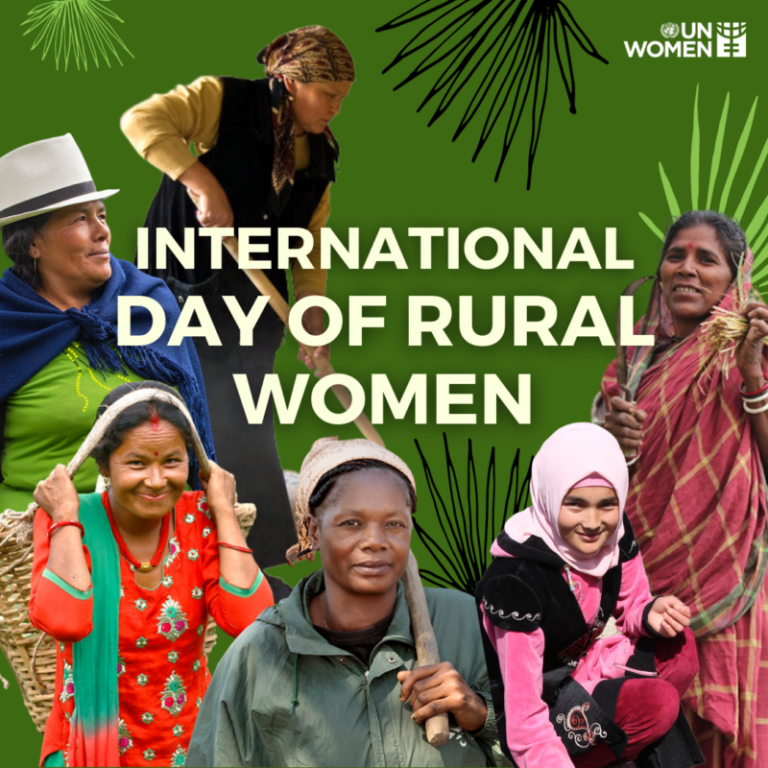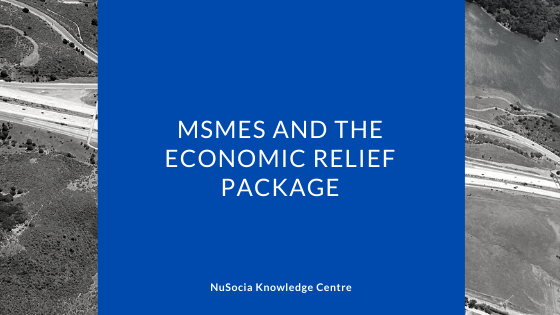Individuals, Workplaces, Organisations and Economy
The current ongoing pandemic has shook everyone, across the globe. Never before in last 50+ years, a single phenomenon has brought the whole world under a lockdown. This lockdown and associated restrictions on movement is impacting individuals, corporations and economies in multiple ways and the only thing that can help the recovery become faster at each level is resilience – the capacity to adapt to such unusual scenarios or threats or other disturbances.
When we look around after any crisis, small or big, we realise that there are several individuals or companies who not just cope, but also thrive well in adversity. Good news is that years of research have shown that this is not an innate ability but a skill that can be learned and entail perspectives that can be taught.
In this article, I am trying to explore this characteristic called “resilience” at different levels in society while trying to explore learnings that one can adopt to be more resilient.
Individual
The biggest challenge that the COVID has brought to fore at individual level is the emotional preparedness – a gap in our ability to deal with sudden changes. At individual level, the term resilience is often used interchangeably with terms like toughness, grit, endurance, fortitude. However when looked carefully, each of them have nuances making them unique. Without going into those differences, what we realise is that all of them are related to the idea of inner strength, a reserve of mental power that we can draw upon to get us through the most difficult times. Unfortunately, our current education system at school or college does not prepare us for any of this.
Few institutions across globe have initiated courses on ‘life skills’ or emotional quotient but that has largely remained limited to critical thinking, conflict resolution, negotiation skills etc. However, an interesting model that I came across is from Bihar in India, where Bihar Education Project Council and CorStone, a global NPO together implemented a program that integrates evidence-based practices from the fields of emotional resilience, positive psychology, social-emotional learning, and conflict resolution with adolescent health training to improve mental and physical well-being. The program has been running successfully and being expanded. But such examples are few and far. Resilience and associated concepts of psychological wellbeing are still not focussed upon enough in the mainstream education, leaving individuals to figure it out on their own.
Aspects about self-acceptance, positive thinking, meaning in life etc. can help cope individuals in stressful situations, by drawing strength from inner values and thus enable them to bounce back from setbacks and it needs all possible support from family and community. This is critical in order to build resilience among our next generation in the face of crises such as COVID-19, as well as any others that may arise during their lifetimes. Five basic tips for the individuals to develop the resiliency are:
- Change the narrative – don’t get into rumination over what has happened
- Face your fear – this exposure therapy works for everyday fears
- Practise self-compassion – Remember you are not alone and be kind to yourself
- Meditate
- Cultivate forgiveness
Working Professionals
Remember, your management trainee period at the beginning of career – wherein often in sales teams, the focus has been to send the trainees to the toughest possible markets and let them learn. Professional resilience, is understood as the capacity to thrive in demanding situations. The choices we make when responding to difficult situations and our attitude and willingness to act, demonstrate resilience.
In current scenarios of work from home everyone liked it initially for the flexibility it provided but soon there emerged complaints that work from home is causing stress (not just to eyes alone). It has become an always connected mode and few people are getting sleep deprived due to continuous thought about work or suffering from phone addiction (a research reports that an average person turns on their phone at least 150 times a day). This stems from the anxiety that one should not be disconnected to their work. Such a wrong interpretation of productivity!
Professional resilience of our colleagues and ourselves could be improved through following five tips:
- Build relationships of transparency with colleagues – have a buddy in which you can confide, share ideas, vent frustrations and obtain support
- Take breaks – Both short (between work) and long (post work day, weekends and vacations) recovery periods help you recover and also improves productivity.
- Remember your strengths, for which you have been appreciated and what got you the current job.
- Feel gratitude of your situation, of all the support and love you’ve received from your family and friends and carry over the gratitude by participating in offline / online volunteering with the charity and cause you care for.
- Engage in cross functional teams, to understand different perspectives and meet new people
Finally, when you are finding it difficult to cope, do not hesitate to speak to your manager, to your HR as well as to a doctor. Finally, the simplest road towards being resilient at workplace is by picking up the work that you are passionate about, one that you love doing for the heck of it and not for the money / perks / designation that comes with it.
Organisations
The COVID-19 pandemic is having a devastating impact on businesses across. Several MSMEs and Start-ups are closing down while others are struggling. Businesses that can show organisational resilience are adapting their operations to the new environment and stand a chance of not only surviving the crisis, but emerging leaner. Organizational Resilience is the ability of an organization to anticipate, prepare for, respond and adapt to incremental change and sudden disruptions in order to survive and prosper.
Existing business resilience tools such as traditional business continuity plans and business recovery plans are mostly geared towards addressing natural hazards or operational risks, whose scope is local and limited. Health-related hazards seldom get reflected in their risk registers. However, during the pandemic itself, some of the large corporations, identified unique opportunities and ended up gaining business rather than loosing. E.g. a prominent 5 star hotel chain started food deliveries and curated special food festival to entice repeat ordering and thus kept the cash coming in, while the room occupancy had gone to zero in last few months. Another hotel chain started ‘chef at home’ service to cook a meal for joint families at a cost, at their homes. Most apparel manufacturers / retailers have added face masks to their line of offerings. Many companies are evaluating market diversification, more resilient supply chain and even reassessing business models. Domino’s, the famous pizza delivery chain has leveraged its delivery strength and well known 30 min delivery promise to pivot to grocery supply with 60 min guarantee. Unilever in UK partnered with DFID to provide 20 million hygiene products in the developing world, drawing on its global reach and supply chains. Accenture created platforms facilitating continued employment, helping people get back to work during the pandemic. Tetley partnered with NHS in UK to supply tea to the hospitals in NHS network. There are numerous such examples of adapting to the new normal. This reminds me of what Robert Jordan wrote in ‘The Fires of Heaven’, “The oak fought the wind and was broken, the willow bent when it must and survived.” With that as the principle, here are the five tips for the organisation to thrive and survive and bounce back from the current COVID situation:
- Keep in touch with your employees and keep the communication transparent. Keeping information hidden only leads to rumour mills working overtime.
- Keep communicating with your customers, be it B2B or B2C customers – they all are facing the similar global situation currently and they would appreciate a genuine connect back.
- Put in place safe and hygienic workplace, instilling confidence in employees returning back to work.
- For some period, since the organisations are not yet allowed to work full capacity, operations have to be planned with reduced number of employees
- Identify newer supply chain and service delivery partners in case your existing supply chains are broken. With smart startups, you might actually end up gaining a new and more efficient way.
Finally, the organisations need not shy away from keeping a look out for any crisis assistance programs being announced by state or central governments.
The Economy
Global growth is projected at –4.9 percent in 2020, as per World Economic Outlook (WEO) forecast. The COVID-19 pandemic has had a more negative impact on activity in the first half of 2020 than anticipated, and the recovery is projected to be more gradual than previously forecasted. The adverse impact on low-income economies is particularly acute, imperilling the significant progress made in reducing extreme poverty in the world since the 1990s.
Economic resilience is defined as the policy-induced ability of an economy to withstand or recover from the effects of exogenous shocks. To show this economic resilience, governments across the globe have announced a plethora of schemes ranging from increasing the liquidity in markets by announcing interest free loans for businesses to putting cash in hands of consumers to improve the demand cycle. Large size developing economies like India have their own unique set of challenges during this period. During the COVID-19 enforced lockdown, India witnessed a phenomenon unseen and unheard of. While the world was trying to bring back their nationals from other countries, India was witnessing something called ‘reverse migration’ within the country. Large groups of people started moving back to their villages from the cities where they were working – mostly in the informal sector. The scale of phenomenon forced the political establishment to sit up and take notice and the urban professional Indian started asking question – often to the limits of their ignorance, who are these people and why are they breaking lockdown and social distancing norms. These are what I call as the submerged layer of the pyramid – the one which is below the often quoted and celebrated BOP (bottom of the pyramid). Submerged, because there is often no records of their existence in the cities and no mapping of their skillsets. Over two-third of the employed population in developing world are estimated to be in the informal sector (ILO, 2018) and the sector is not only growing but has become a basic component of many national economies. Now is the opportunity to not just count, but also do the skill map of these resources and keep a formal track of the same and thus formalize this sector.
I am no expert at economy level but if under lockdown, economic policies can provide support to firms suffering the consequences of lockdown and while re-opening, support demand creation with measures like relaxation on taxes, it can help the economies bounce back faster.
“Resilience is accepting your new reality, even if it’s less good than the one you had before. You can fight it, you can do nothing but scream about what you’ve lost, or you can accept that and try to put together something that’s good.”
– Elizabeth Edwards
The sense is in accepting that there is a new reality and that things have changed. Only once that realisation sets in, can the preparation for the new, begin. This is true at all levels – be it individual, organisation or the economy as a whole. The bounce back may be slow, but bounce back will happen! Thing to ponder is whether you can bounce back faster.
What are your thoughts on resilience? Do you have any of the best practices that you have seen? What do you do to build your own resilience? Let me know by commenting on this piece.
Thanks for reading!
Author : Aditya Singh




